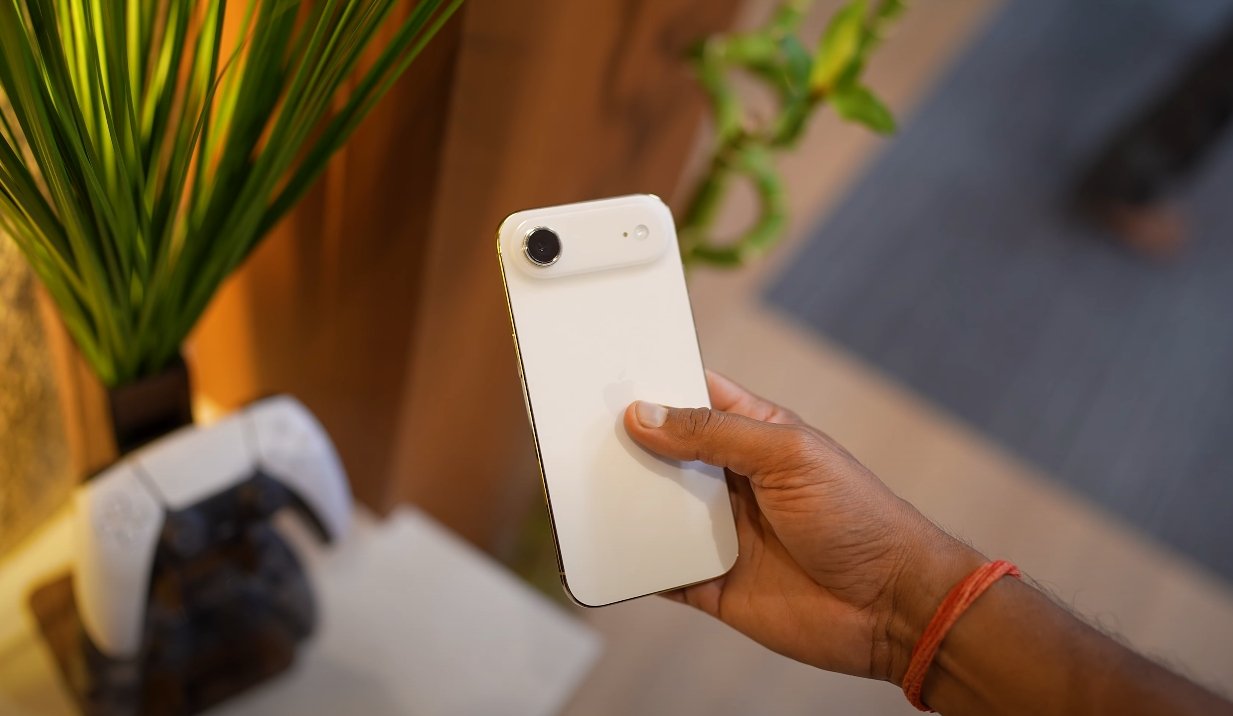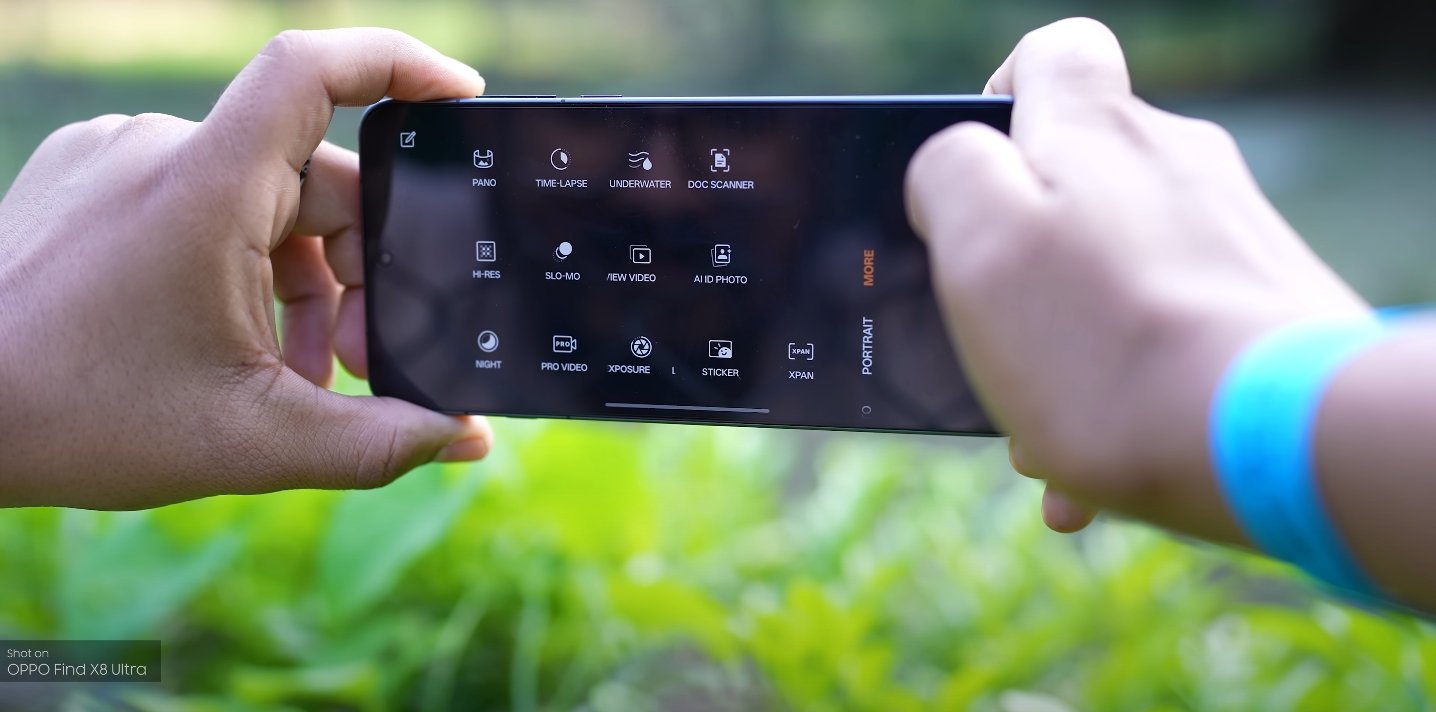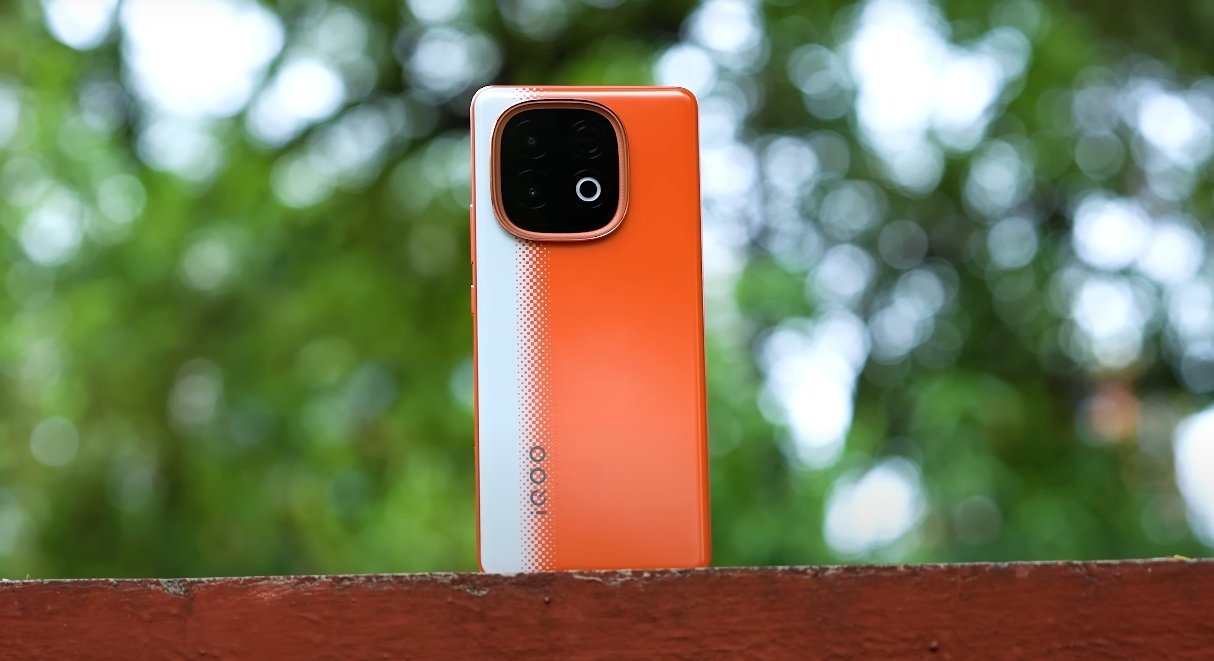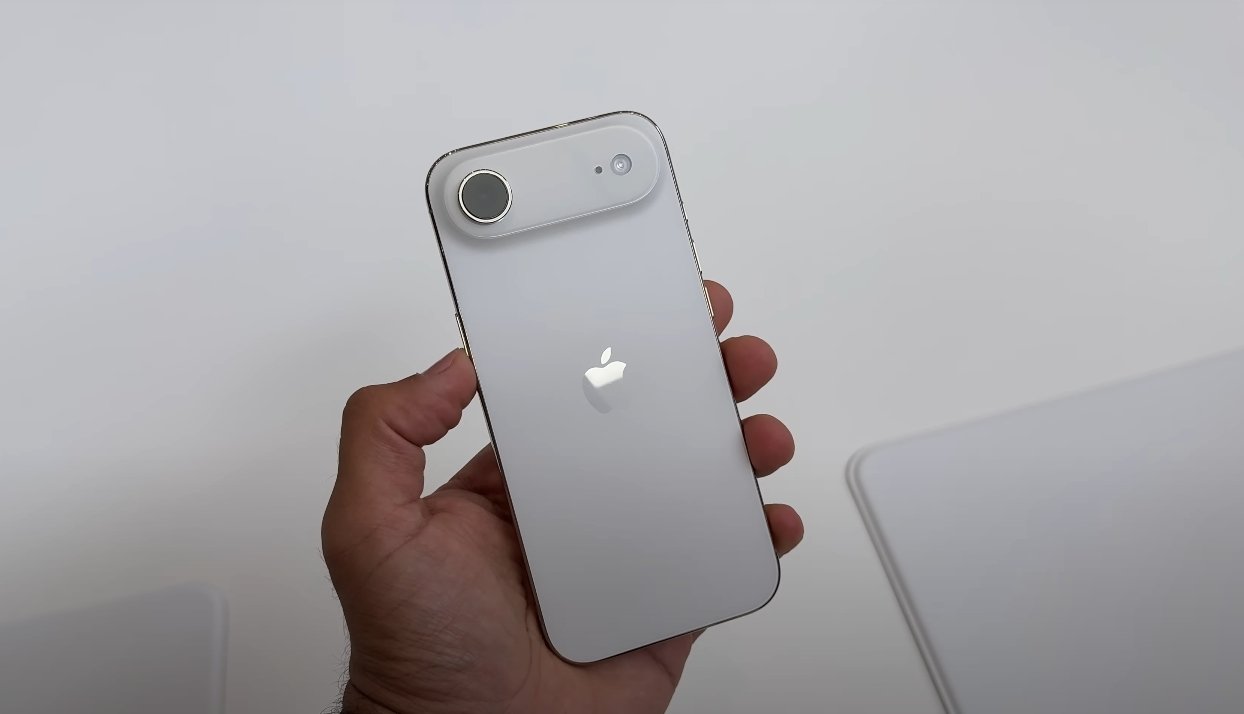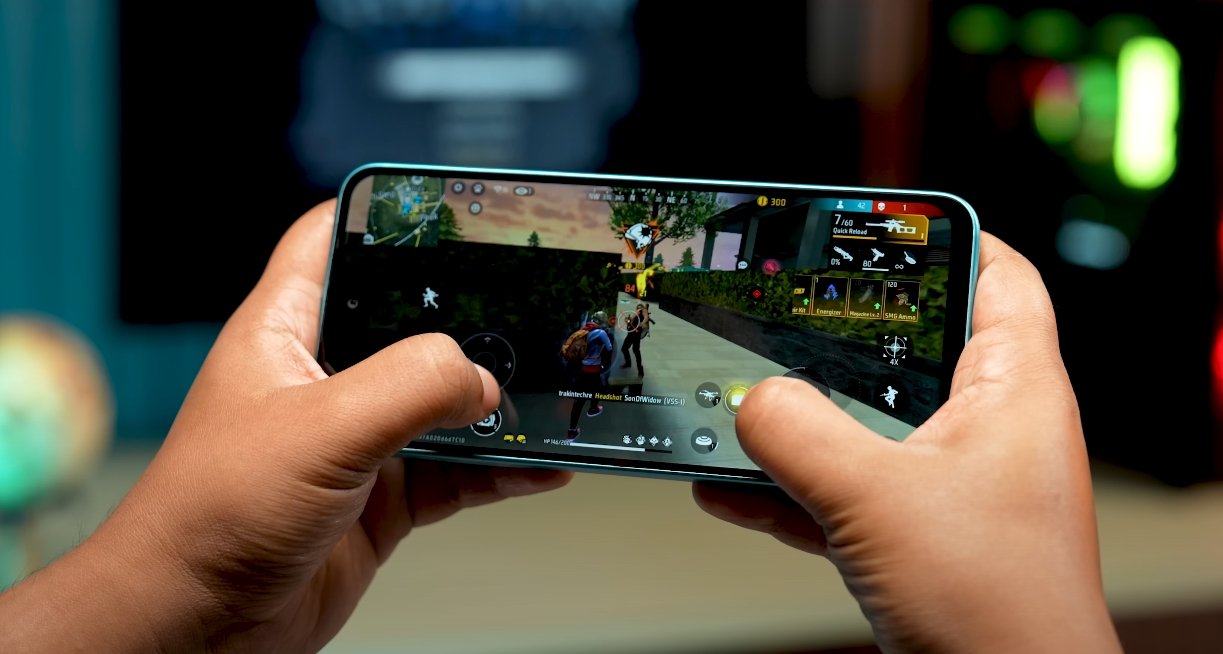Apple Expands Camera Capabilities with iPhone Air
Apple’s new iPhone Air introduces an upgraded camera system designed to offer professional-level photography and video features in a lighter, more affordable device. The phone’s dual-lens rear camera and advanced software integration bring several new and improved shooting modes, giving users creative flexibility and stunning image quality. With features derived from Apple’s Pro lineup, the iPhone Air makes premium imaging accessible to everyday users.
The iPhone Air is equipped with a 48-megapixel main camera that uses Apple’s Fusion technology for high dynamic range and sharper detail in all lighting conditions. The camera intelligently switches between pixel-binning for low light and full-resolution capture for bright scenes. It also includes an 18-megapixel front camera with advanced AI-driven enhancements, ideal for selfies and FaceTime video calls. Apple’s “Center Stage” technology keeps subjects automatically centered during video chats, adding convenience for creators and professionals.
The Photo Mode serves as the default shooting option, combining Apple’s Smart HDR 6 and Deep Fusion processing to capture vibrant colors and natural skin tones. Night Mode activates automatically in dim environments, delivering bright, low-noise results without a flash. Portrait Mode remains one of Apple’s most popular features, using software-based depth mapping to blur the background while keeping the subject crisp. Users can now adjust the blur intensity and lighting effects after the shot, providing professional-grade control from the iPhone’s photo library.
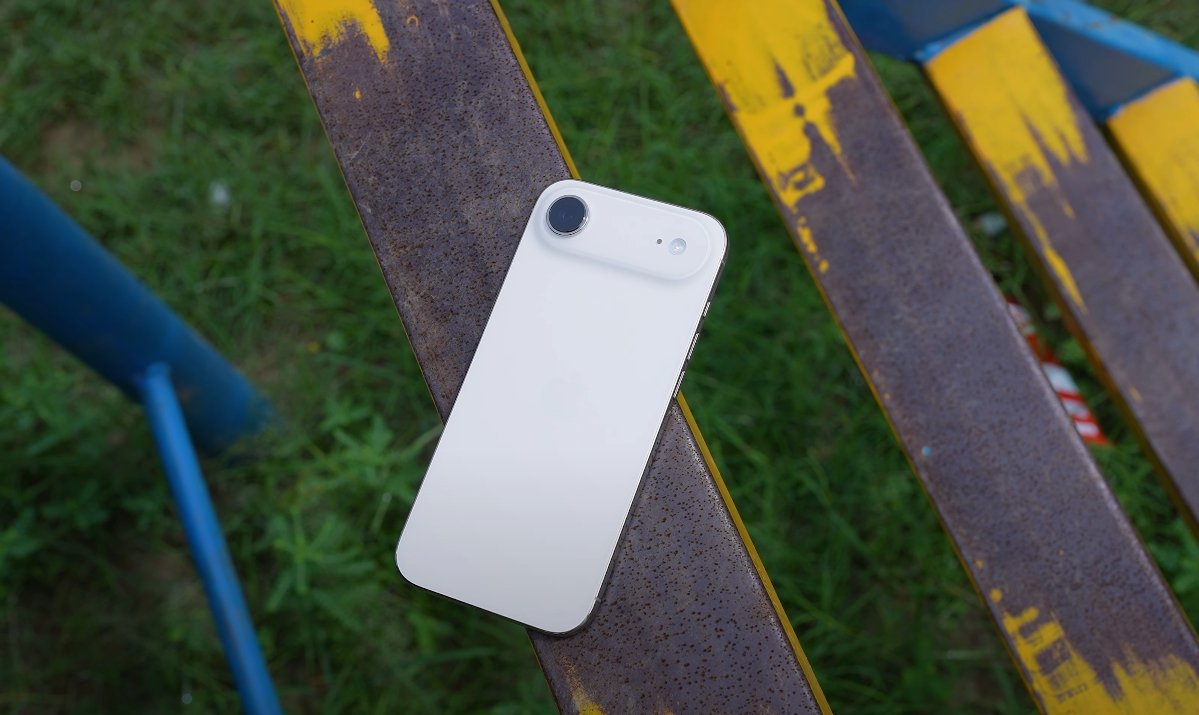
Video enthusiasts will find Apple’s Cinematic Mode and Action Mode among the most significant highlights. Cinematic Mode records in 4K HDR and allows real-time focus transitions between subjects, creating film-like results. Action Mode stabilizes footage during motion, perfect for capturing sports or travel scenes without the need for extra equipment. Standard Video Mode supports 4K recording at 60 frames per second, while Slo-Mo Mode enables smooth slow-motion footage at up to 240 frames per second in 1080p resolution.
Apple also included Time-Lapse Mode, which compresses hours of recording into a few seconds, ideal for sunsets, cityscapes, or moving clouds. The Panorama Mode offers wide-angle scene capture by guiding users to slowly pan across a view. Though the iPhone Air lacks a separate telephoto lens, its 2× optical-quality zoom uses sensor cropping to retain detail without quality loss. The seamless transition between zoom levels ensures flexibility across all camera modes.
Beyond hardware, Apple’s software-driven computational photography plays a major role in the iPhone Air’s camera performance. The A18 chip powers real-time image processing, noise reduction, and color correction, while machine learning enhances scene recognition and exposure balance. This allows the device to adapt automatically to lighting, movement, and subject focus. Combined with iOS 19’s refined Camera app interface, users can switch between modes quickly and edit photos using the built-in tools or Apple’s enhanced Photos app.
The iPhone Air’s camera system is built to provide powerful yet approachable tools for both casual and advanced users. By offering flagship-quality features like 4K HDR recording, Night Mode, and advanced Portrait options at a more accessible price, Apple reinforces its commitment to making professional mobile photography available to everyone. The result is a balanced camera experience that blends performance, ease of use, and creative freedom in one sleek device.
